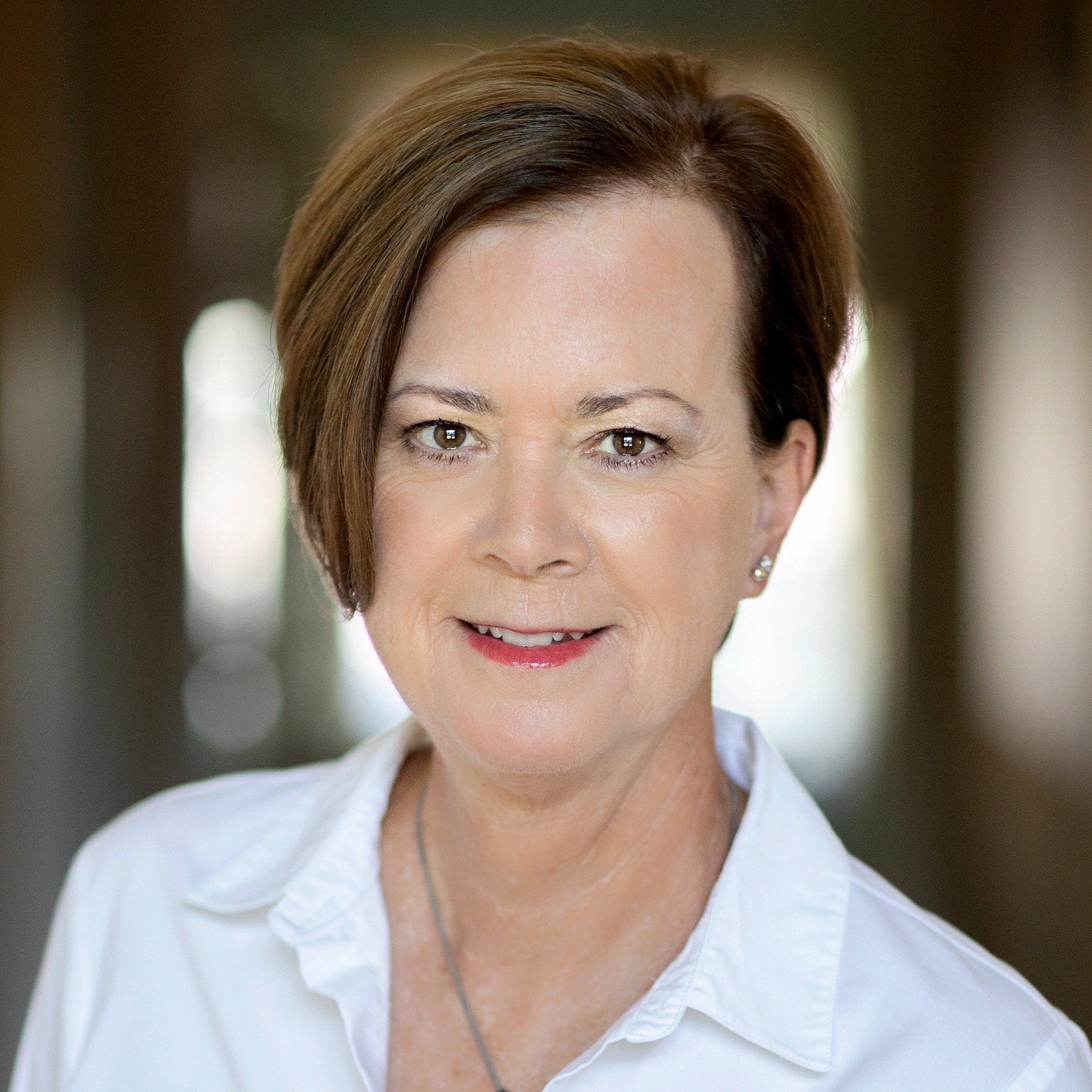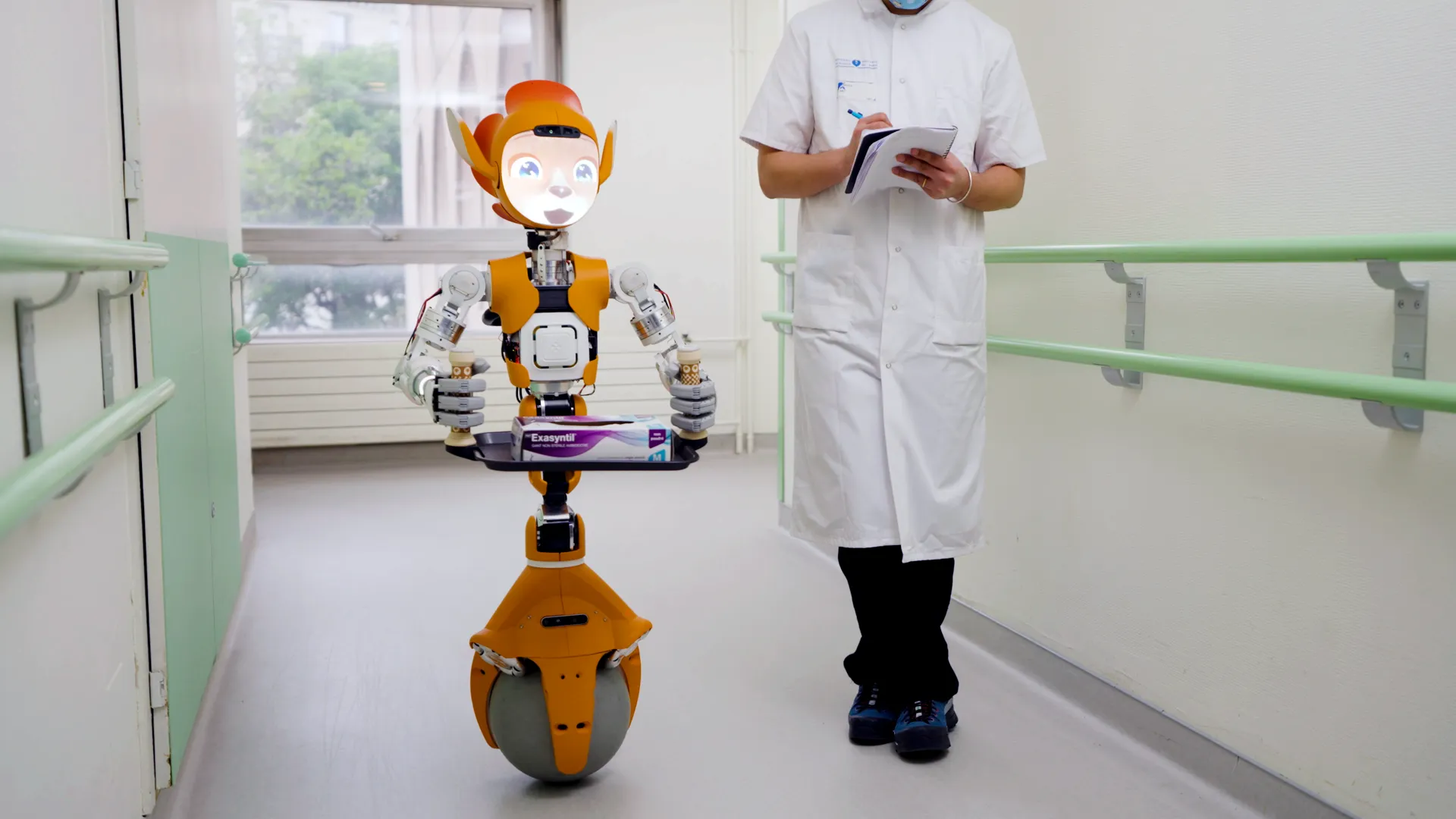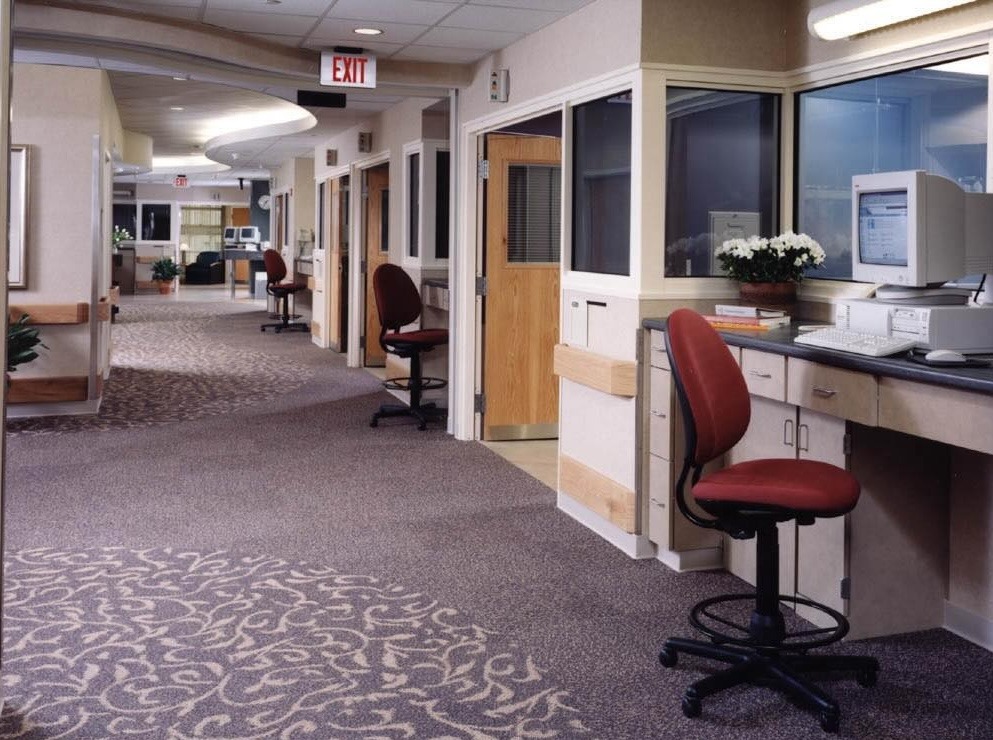Last week, I was presented with the Healthcare Facilities Symposium Founder's Award for dedication and service to its ideals.
And what exactly are those, you ask?
Well, the mission of the Healthcare Facilities Symposium is to create a multi-disciplinary environment that inspires healthcare and design professionals to evoke change and the advancement of a better delivery of healthcare through the physical space. Competitors, clients, and colleagues come together as friends each year to collaborate, share research, hear fresh perspectives and participate in the ever-changing conversation of their industry.
My History With the Healthcare Facilities Symposium
Wayne Ruga started the Symposium in 1987, which led to the formation of the nonprofit Center for Health Design in 1993. I served on the Advisory Board for the Symposium and was one of the Founding Board Members of The Center.
I also was the emcee of the Symposium for 10 years -- a role I really enjoyed. And while The Center eventually sold the Symposium to focus on research (and then later co-founded the Healthcare Design conference), the Healthcare Facilities Symposium remains strong and true to its ideals. And so do I.
Founder's Award Acceptance Speech
You can read the text of my acceptance speech below or watch the 5-minute video of my acceptance speech here:
Thank you, Wayne. I am truly humbled and deeply honored to stand before you today to accept this award from you and the Healthcare Facilities Symposium and Expo.
When I met Wayne 36 years ago at a design event in San Francisco and he told me he was going to start a symposium on healthcare design, I wasn’t sure what to think.
I didn’t know much about healthcare design. As a young editor at Contract magazine, I’d mostly written about corporate projects and furniture. But after attending that first Symposium in 1987, I found a community and a cause I could be passionate about.
Together, we developed a multi-disciplinary event that has evolved over the years, but to this day, is still inspiring people like you to come together as friends to explore and share ideas about how to improve healthcare through the design of the physical environment.
Throughout my career, I have been privileged to work with so many remarkable individuals who share this vision. Their dedication, creativity, and desire to make a difference has truly inspired me.
To my colleagues, past and present, I extend my heartfelt thanks, with special thanks to Wayne; and people like Jim Bidwill and Len Corlin who gave me my start in the design field at The Merchandise Mart and Contract magazine, respectively; the great, late healthcare architect Derek Parker who I miss dearly; and healthcare service marketing guru extraordinaire Len Berry who teaches at Texas A&M.
I want to tell you a short story.
At the end of her life, my mother, who suffered from Alzheimer’s, was in the hospice unit of a hospital in the Central Illinois town where she and my father lived. Upon arriving at her room, the first thing I heard and saw was The C.A.R.E. Channel nature video and music programming playing on the TV.
Several of my family members were gathered around a round table and sitting on the sleeper sofa in the family zone of the corner room, which had two walls of large windows with views to outside.
When I asked the head hospice nurse about the room design and The C.A.R.E. Channel, she told me the design of the room and its features had been important to the staff. That they wanted a room that would support both the patient and the family. And that the hospital also has a labyrinth and a healing garden.
It hit me right then that a lot of this never would have happened if it hadn’t been for the work I’d been involved in for the past 30+ years. The nurse got it. And so did others at her hospital.
My mother passed away peacefully four days after being admitted to the hospice unit. And while she wasn’t really aware of her surroundings, the room design helped make that experience not as bad for my family, and I have to believe at some level, for her, too.
What we do in healthcare design matters. It matters to people of all ages and abilities, economic status, or cultural heritage. And we all share the experience of healthcare.
So, keep pushing the boundaries of what is possible, and always put the needs of patients, family members, and staff first.
Thank you again to you, Wayne, Jenabeth [Ferguson], and the Healthcare Facilities Symposium and Expo for this incredible honor, and thanks to everyone who has been a part of this remarkable journey with me.
P.S. Please do me a favor -- if you liked this post and like this blog, please share it with others by sending them the link or posting it on your Twitter, LinkedIn, or Facebook. Also, don't forget to subscribe, so you'll get emails when new content is posted. Thanks!







